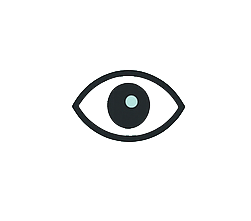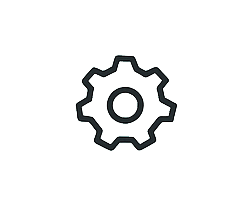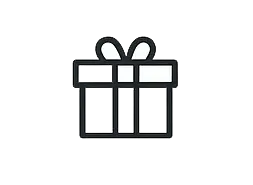Floor Projection Maze
Investigating Visual Cognition Through Spatially Projected Environments

Overview
The maze projects visual stimuli onto a semi-transparent floor illuminated from below by a digital projector. This configuration aligns with rodents’ natural downward gaze, producing a biologically relevant and immersive testing environment.
Its adaptable design allows rapid modification of experimental parameters—supporting a wide range of paradigms such as visual discrimination, visuospatial attention, and biconditional learning. The system integrates seamlessly with electrophysiological recording and stimulation equipment, overhead video tracking, and automated reward delivery, enabling precise synchronization of behavior and neural data.
Innovation in Rodent Visual Testing
Traditional rodent mazes rely heavily on tactile or olfactory cues. The Floor Projection Maze isolates the visual modality, allowing direct study of visual attention, decision-making, and spatial learning.
As demand grows for rodent-based models of visual cognition, this apparatus offers a validated, reproducible alternative to larger-animal visual tasks.

Why Researchers Choose It

Isolates the visual modality
Focuses exclusively on visual cues, enabling precise control of vision-dependent behavioral studies.

Flexible Experimental Design
Easily adapts to a variety of visual tasks—from discrimination to attention and decision-making.

Neural Integration Ready
Fully compatible with electrophysiological recording and stimulation systems for synchronized data collection.

Customizable Reward Systems
Supports intracranial stimulation (ICS), pellet dispensers, and lickometer-based liquid rewards.

Rapid Reconfiguration
Allows seamless transition between paradigms, maximizing throughput and experimental efficiency.

Cross-Species Relevance
Bridges the gap between rodent and primate visual cognition research, supporting translational neuroscience.
Applications
The Floor Projection Maze has been employed in peer-reviewed research investigating visuospatial attention, visual discrimination, and higher-order cognition in rodents.
Representative studies include:
Jacobson et al., J Vis Exp, 2014 – Automated visual cognitive tasks using the Floor Projection Maze
Yang & Burwell, Vision, 2020 – Neuronal activity in the rat pulvinar during visuospatial attention tasks
Yang et al., Cereb Cortex, 2022 – Functional differentiation of dorsal and ventral posterior parietal cortex
Together, these studies demonstrate the system’s value for linking neural activity to visually guided decision-making and attention mechanisms in rodents.


Interested in bringing your innovation to life?
Our Tech Transfer program partners with scientists to commercialize cutting-edge neuroscience tools. If you’re an inventor or would like more information on any of the mazes, we’d love to hear from you
